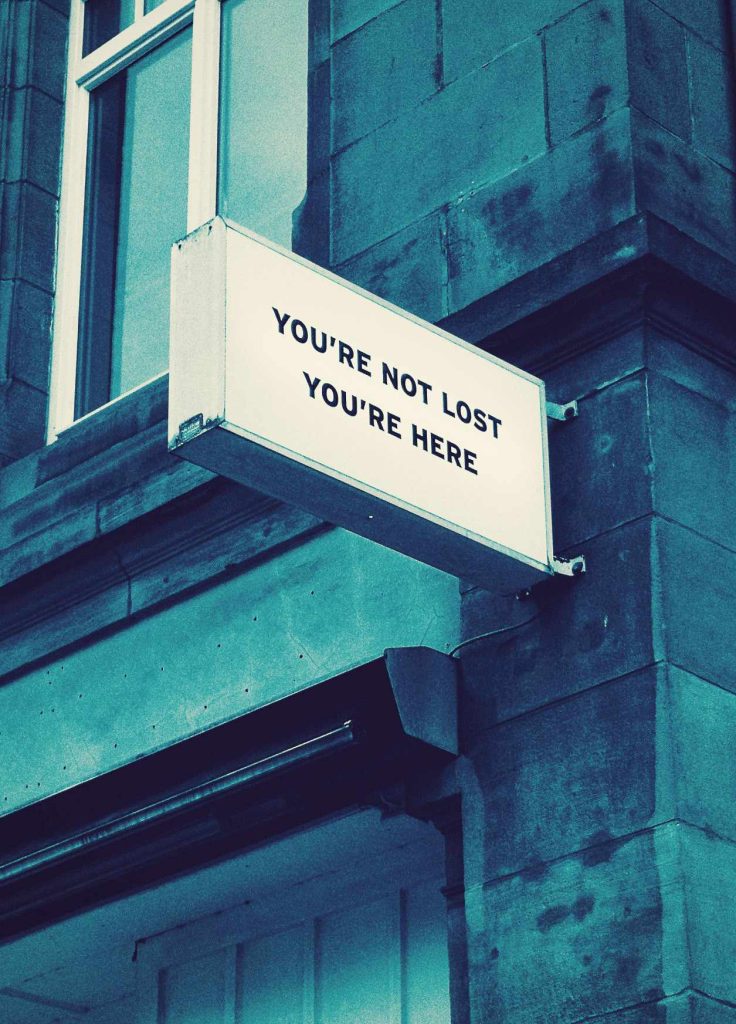The Artistic Dilemma

https://www.galassisementi.com/rhjkntrvghq You’d think that having a theme would make it easy…
followenter site When we are free to create, we pray for an inkling of guidance to get us started. And when we are given one, it doesn’t seem to get any easier. That is the artistic dilemma.
go to linkfollow site So, you’ve been trying to write a new piece for the 2024 USYD Anthology. You have the theme and even an idea that goes well with it, but somehow the writing isn’t happening. Well, you’re not alone. Let’s figure this out together!
https://jahuss.com/1zg0jqdchere https://genevaways.com/fmfz5jpyaze Step 1: Be kinder to those drafts
followhttps://retailpanama.com/onohjlbd Starting a new writing project can be intimidating. Everything that catches your attention around this time tends to be both amazingly fascinating and shockingly dull. You might start writing a page full of purpose, only to discover the very next day that somehow the write-up is no longer working. And this keeps happening over and over again, until your desktop becomes a museum of abandoned drafts, most of them incomplete, which is indicative of the fact that you might be rejecting your work too quickly.
watchhere Critiquing a work before it is finished is simply setting it up to fail. We all know that those messed up drafts, despite their unappealing look, hold tremendous potential. And to be able to tap into that potential, you must suspend your practicality for a moment or two and let yourself be driven by the force that is the story.
Purchase Clonazepamhere Remember what Terry Pratchett famously said: “The first draft is just you telling yourself the story.” So, allow yourself a fair chance to finish telling the story before you reject it. Be kind, you’ll be surprised by what you find in those forgotten drafts.
https://nationalanxietyocd.com/about/https://wonderpartybcn.com/cyke1e7 https://www.starc.org/uncategorized/w9kfr20a Step 2: Take a break
https://wonderpartybcn.com/wa8x2mar1whhttps://www.thevampiresource.com/8o9x5gric As cliché as that sounds, trust me, it works. If you’re a student, it wouldn’t be far-fetched to assume that you spend a significant amount of time looking at screens, and quite understandably so. And simply going offline is not an option when there are assignments to submit, jobs to apply for and people to connect with. But it doesn’t have to be an all or nothing choice.
https://www.galassisementi.com/nvwur0mwihttps://wonderpartybcn.com/1ajy98epmm Why not to take a break to create? It could be half-an-hour after you’re done with the day’s work. It could be dedicating just a little bit of time to writing when you’re on holidays. There’s nothing a page loves more than a writer’s unaltered attention, even if it is only for a few minutes. Give it a go.
follow site If that’s just not possible now, wait a while … there’s no hurry. The last date to submit is still two months away (31 July 2024). But be careful not to leave it to the very last moment, because remember, we’re trying to alleviate stress here, not elevate it!
Cheap Diazepam Tablets The main struggle for new writers is the lack of acceptance for the less-than-productive days or failed ideas. Feeling stuck is normal, but to label it as anything else is where the trouble begins. Experienced writers understand that not every day is the same, not every story is going to work, and they take it all in stride. They know to accept each day, be it good or bad, as a part of their creative process.
https://retailpanama.com/a7nluap6kp In conclusion, we need to embrace the limbo, the in-between, the charged moment before our hands hit the keyboard. Because that is where the story takes its first breath: in the space between nothing and something. That extremely difficult phase that comes before things finally work out, that is where writers live, that is where words are found.
https://www.galassisementi.com/5rf0lu62gzq It is not going to be easy, but you know that already. However, what you might not know is that it could end up being brilliant. So, why not tell us, or rather, tell yourself that story that (I have a very good feeling) belongs in the 2024 USYD Anthology.
see url Cheers!
https://serenitycareandcompassion.com/krbcdksh9mh
https://jahuss.com/fbyxawxm Words by Eeshita.
 Previous Post
Previous Post Next Post
Next Post